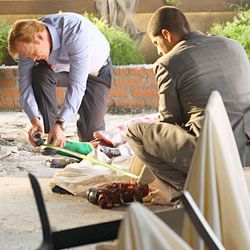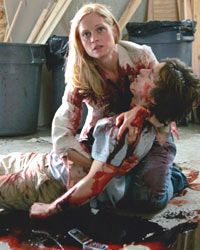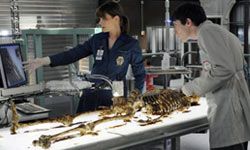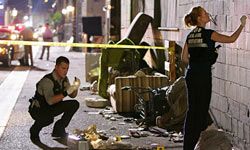Susan Clutter has a love-hate relationship with TV shows featuring forensic investigators, like "CSI" and its Miami and New York spinoffs, "Bones," "Dexter" and "NCIS." On the one hand, Clutter, who was a crime scene investigator for nearly a decade in Maryland and now teaches in the forensic sciences department at Youngstown State in Ohio, suspects that the wild popularity of the shows boosts enrollment in her classes, especially among women, who she thinks might not otherwise consider a career in law enforcement [source: Clutter]. And there is certainly no denying the appeal of forensic investigation shows as far as viewers are concerned. According to Nielsen ratings for early April 2011, included among the top 20 most popular shows were "NCIS" and "NCIS: Los Angeles" as well as "CSI," which still draws an average of 14 million viewers, even though it has been on the air since 2000 [source: USA Today].
But Clutter's gratitude for the increased visibility these programs provide only goes so far. In fact, although the shows purport to portray crime investigations as they are done in the real world, in reality, the stars employ sloppy -- even criminal -- investigation techniques and often use tools and technology that would never fly in the real world [source: Clutter]. So which forensic techniques and CSI practices on TV are the least realistic? Read on to find out.
Advertisement




